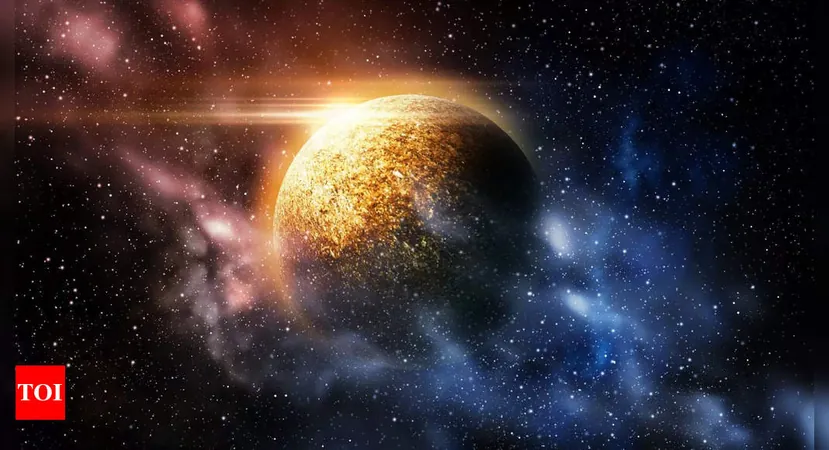
NASA's Groundbreaking Artificial Star Mission Set to Revolutionize Our Understanding of the Universe
2024-09-24
Author: John Tan
NASA has unveiled an ambitious plan to launch an artificial star into space by 2029, a move that promises to reshape our understanding of the cosmos. The $19.5 million mission, spearheaded by researchers from George Mason University, aims to improve telescope calibration and deliver unprecedented precision in measuring stellar brightness—a critical factor in understanding the universe's expansion and the properties of various celestial bodies.
This innovative mission, aptly named after renowned astronomer Arlo Landolt—who created comprehensive stellar brightness catalogs from the 1970s through the 1990s—will deploy an artificial light source equipped with eight lasers. These lasers will send precise beams to ground-based telescopes, significantly enhancing their calibration and enabling scientists to achieve accurate observations of a wide range of stars, from those in our vicinity to distant supernovae in faraway galaxies.
Revolutionizing Astrophysics
The mission promises to tackle some of the most pressing questions in astrophysics, such as the rate of cosmic expansion and its acceleration. By providing a consistently available reference point in the form of the artificial star, astronomers will better calibrate their instruments, leading to improved accuracy in data collection. According to Eliad Peretz, a NASA Goddard mission scientist and the deputy principal investigator of the project, “This mission focuses on measuring fundamental properties essential to astronomical observations. It may change the way we understand the properties of stars, their surface temperatures, and even the habitability of exoplanets.”
The artificial star will be stationed in a geostationary orbit approximately 22,236 miles above Earth, making it appear as a fixed point in the sky. This will allow the artificial star to mirror the Earth's rotational speed, remaining stationary above the United States for its first operational year. The payload is being developed in collaboration with the National Institute of Standards and Technology (NIST) and will be roughly the size of a breadbox.
A New Era of Discoveries
This mission is not just about the immediate effects on our observation capabilities; scientists anticipate that the insights gained could fundamentally alter our current understanding of stellar evolution and the conditions for life beyond Earth. Improved measurements will also contribute to our knowledge of dark energy, which plays a crucial role in the universe's expansion.
With the potential to confirm the habitable zones around exoplanets, this artificial star could provide vital data that leads to groundbreaking discoveries in the search for extraterrestrial life. As this project unfolds, astronomers are hopeful that it will pave the way for a deeper understanding of the universe and the cosmic forces that shape it.
Stay tuned for more updates as NASA's artificial star mission progresses, as it may just answer some of humanity's biggest questions about existence itself!




 Brasil (PT)
Brasil (PT)
 Canada (EN)
Canada (EN)
 Chile (ES)
Chile (ES)
 Česko (CS)
Česko (CS)
 대한민국 (KO)
대한민국 (KO)
 España (ES)
España (ES)
 France (FR)
France (FR)
 Hong Kong (EN)
Hong Kong (EN)
 Italia (IT)
Italia (IT)
 日本 (JA)
日本 (JA)
 Magyarország (HU)
Magyarország (HU)
 Norge (NO)
Norge (NO)
 Polska (PL)
Polska (PL)
 Schweiz (DE)
Schweiz (DE)
 Singapore (EN)
Singapore (EN)
 Sverige (SV)
Sverige (SV)
 Suomi (FI)
Suomi (FI)
 Türkiye (TR)
Türkiye (TR)
 الإمارات العربية المتحدة (AR)
الإمارات العربية المتحدة (AR)